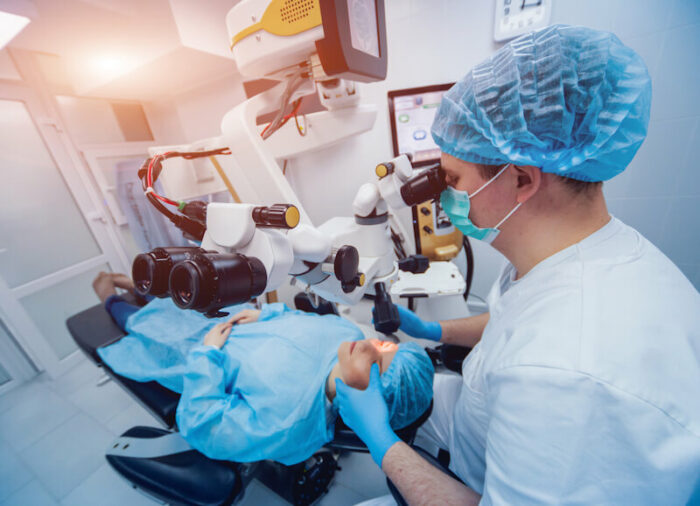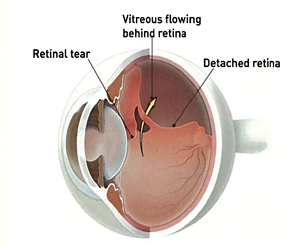

Light enters the eye and is focused onto the retina, where specialized light gathering cells transform light energy into electrical energy. When comparing the eye to a camera, the retina is the film in the camera. The retina is a thin piece of nervous tissue lining the back of the eye. We can answer all your eye care questions including more information about retinal detachment and other conditions to be aware of as well as helping you book a comprehensive eye care exam for early detection.Retinal Detachment and Retinal Reattachment Surgery Learn more about our modern technology and variety of services by visiting WEBSITE or giving our friendly front office a call at 60. If you experience any of these symptoms, seek immediate medical care to prevent losing your eyesight.Īt Associated Retina Consultants, we are dedicated to providing the highest quality of care with a commitment to excellence for every patient. Early warning signs of a detached retina include the flashes of light, the sudden appearance of floaters across the eye, blurred vision, gradual reduction in peripheral vision, blind spots in field of vision, a sudden decrease in vision, and a dark or gray curtain-like shadow covering the field of vision. Retinal detachments are successfully repaired in just one operation. Patients whose surgery involved stitches can expect to have a gritty feeling on the surface of the eye during recovery as well. Eyes will be uncomfortable especially if a scleral buckle was used during your surgery. Vision will likely be blurry for a few weeks and it may still be up to 3 to 6 months before vision improves. On average, the expected recovery timeline is 2 to 4 weeks, but it can take up to several months for vision to fully recover. Gas, silicone oil or air is then injected into the vitreous space, like pneumatic retinopexy, to help flatten the retina.Īfter surgery, patients will be curious to know how long it takes to recover from a detached retina. Vitrectomy involves removing the vitreous, gel-like substance in the eye, along with any tissue that is pulling on the retina. The buckle is designed to push the sclera toward the hole or tear to repair the retina. This option indents or buckles the wall of the eye and relieves pressure. Scleral buckle involves the surgeon suturing a piece of silicone material over the sclera, the outer wall of the eye. The tears or holes are then treated with laser or cryotherapy. The bubble then pushes the area of the retina that contains holes against the wall of the eye to stop the flow of fluid from being trapped behind the retina. Pneumatic retinopexy is the simplest of all the procedures and involves injecting a bubble of gas or air into the center of the eye known as the vitreous cavity.


There are 3 main types of surgery offered to fix a detached retina: pneumatic retinopexy, scleral buckle, and vitrectomy. The type of surgery you receive will depend upon several factors including the severity of the detachment. If surgery is immediate, patients often do not have time to process what recovery will look like before the operation is needed. As signs and symptoms of a detached retina require emergency medical attention to save vision, you will require surgery to repair it. How Long Does It Take to Recover from A Detached Retina?Įxperiencing a retinal detachment can be quite a traumatic event.


 0 kommentar(er)
0 kommentar(er)
